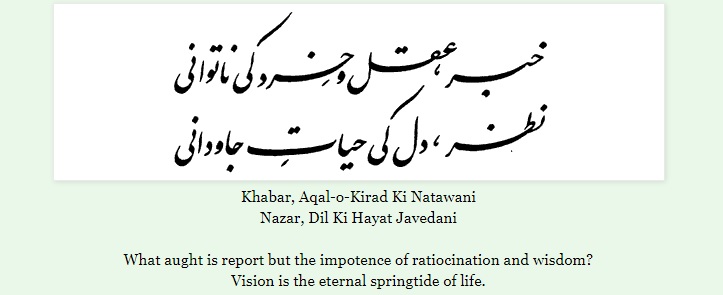


Lost Soul Status helps our readers to have their best experience in form of shayari and quotes. It is a groups of rhythmic words which lets one explain his sentiments in Hindi, Urdu, English, Arabic etc. Shayari is a form of poetry in different languages that allows a person to express his deep feelings from bottom of the heart through words.


Mirza Ghalib, Mirza Muhammad Rafi, Kwaja Mir Dard, Iqbal, Firaq and many more. Shayari is a poem comprising of in any event one couplet or “Sher.” Several couplets gathered to make a “Ghazal,” which is the most well known of Urdu Shayari groups.There are many famous and individual shayari writters. In a few months' time, in 1325 A.D., Khusro too passed away and was buried near that grave as desired by the master.Shayari is nothing but poet's expression in poetic manner. When Nizammudin Auliya passed away Khusro tore his clothes and blackened his face and went to his master's grave. His deep and growing attachment with Nizamudddin Auliya, took him away from more worldly ambitions and he turned more and more to spiritual seeking and ecstasy. Many of his poems are even today used in Hindustani Classical as bandishes and as ghazals by Ghazal singers. The language he used later developed into Hindustani. Khusro's contribution to the Hindi language and Hindi poetry is even acknowledged by the hindi critics of today. Jawaharlal Nehru,the first Prime minister of Independant India in his book,"Discovery of India" (1961) has ritten "Khusro's enduring fame in India rests on the riddles, quibbles and songs written by him". He composed songs and riddles in the more common spoken dialect of the time, called "Dehlavi Hindi" though he himself did not take these seriously they appealed greatly to the common people. He wrote poetry in Persian as well as what he called Hindvi,a combination of local Bhojpuri and Persian, which later evolved into Hindi and Urdu. Amir Khusro's poetry offers a powerful metaphor for secular thinking and living. In fact, through an anecdote in Hasht-Bihisht, he preaches religious toleration by narrating a dialogue between a Muslim Haji going to Mecca and a Brahmin pilgrim going to Somnath. It was indeed due to his Sufi orientation, acquired mainly from his spiritual mentor, Nizamuddin Auliya, that he chooses to appreciate some aspects of Hindu religion and customs in Nuh Sipihr. In Nuh Sipihr (1318), Khusro's fascination with India's birds and animals, flowers and trees, its languages and people finds an impassioned expression. The poem is soaked in his love for Delhi he also writes on the mutual love between Hindus and Muslims there. This poem also got named as Mathnavi dar Sifat-I-Delhi because it is embellished with rich and poetic descriptions of Delhi that was the Garden of Eden for Khusro. It was with his long, unique poem, Qiran-us-Sa'dain, written with ceaseless labour of six months, at the age of thirty six, that Khusro became the poet-laureate of King Kaiqobad at Delhi. The famous poet of Persia, Sa'di sent him compliments. With his second collection of verses, Wast-ul-Hayat, Amir Khusro's name spread from house to house, wide and far and he came to be known in Persia as well. To him the sun, for instance, would be the galloping deer, streams of fire, darts in the sky, washing agent for water and earth, and so on. He emerged as one of the most original poets of India, innovating new metaphors and similes. His genius thrived and sustained itself with the support of his industrious temperament and, indeed the fortune of getting generous patrons in nobles, princes and kings. When his father died when Khusro was only eight he came under the care of his maternal grandfather.Amir Khusro was writing poetry from a tender age. From his mother who was of Hindustani origin and from his maternal grandfather he acquired both, an intimacy with the local languages as well as a rooting in the immediate cultural ambience. Khusro's father served the Sultan of Delhi, Shamsuddin Il-tutmish, in a high position, and Amir Khusro was educated in theology, Persian and the Quran. in Patiyala, India, His paternal ancestors belonged to the nomadic tribe of Hazaras from Transoxiana, who crossed the river Indus and migrated to India in the thirteenth century.


 0 kommentar(er)
0 kommentar(er)
